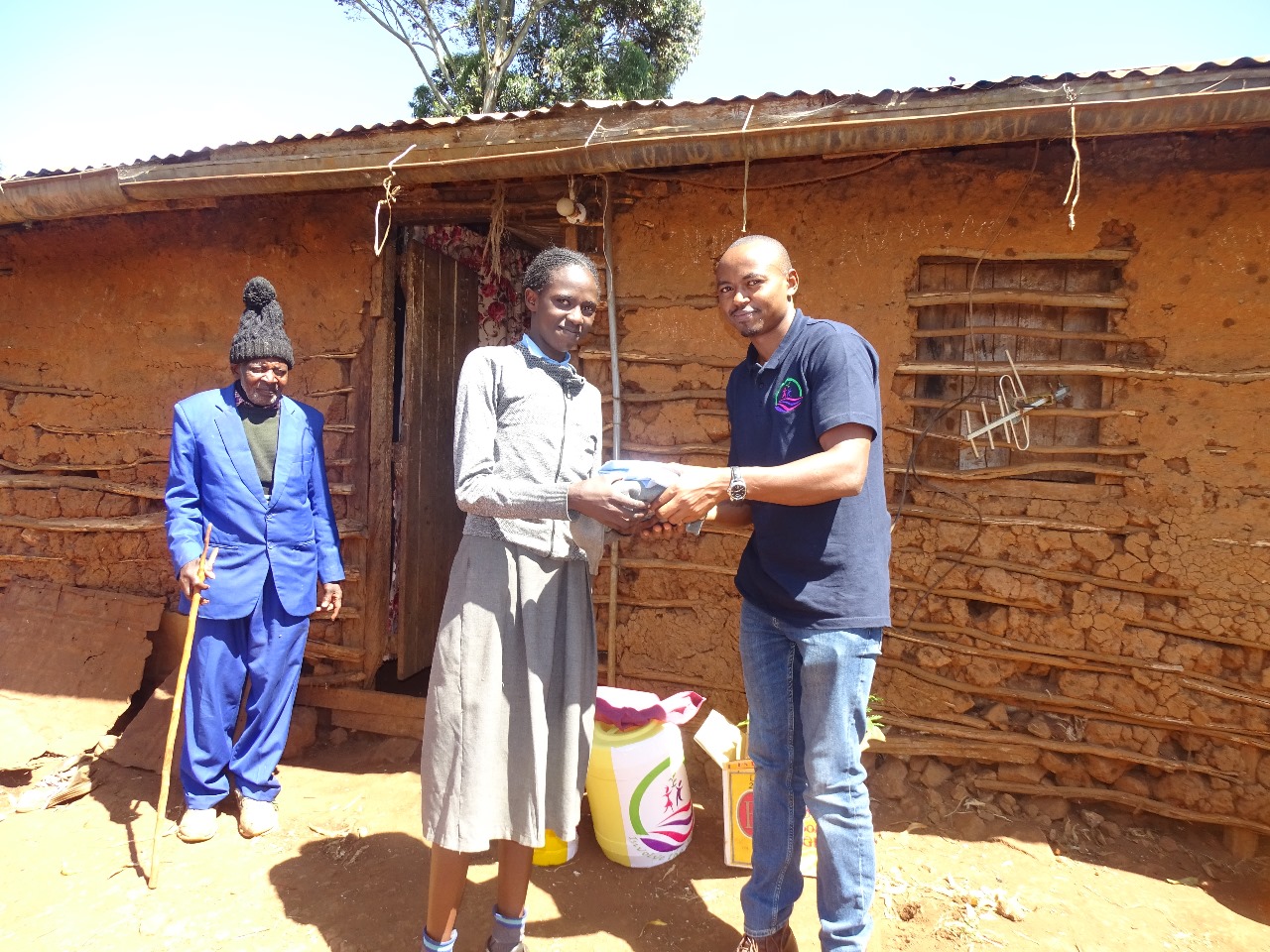Addressing Knowledge Disparities in Climate Change Education for Children in Rural Communities
The effects of climate change are becoming increasingly apparent globally, with implications that extend far beyond geographical borders. However, while discussions surrounding climate change, carbon emissions, and conservation dominate global discourse, children in poor rural areas often find themselves at risk of being left behind in these critical subjects. This knowledge gap not only perpetuates inequality but also hinders the collective efforts needed to address pressing environmental challenges.
There are several reasons why children in disadvantaged rural areas may lack access to comprehensive education on climate change and conservation. Limited resources, including outdated or insufficient educational materials and infrastructure, can hinder their ability to engage with these topics effectively. Additionally, the absence of trained educators and support networks may further exacerbate the problem, leaving children without access to accurate information and guidance.
Moreover, socioeconomic factors play a significant role in shaping children’s exposure to environmental issues. Families struggling to meet basic needs may prioritize immediate concerns over long-term environmental sustainability, inadvertently reinforcing a cycle of environmental degradation and poverty. As a result, children in these communities may not receive the education and awareness needed to understand the impacts of their actions on the environment or to advocate for sustainable practices.
The risks associated with this knowledge gap are manifold. Without a fundamental understanding of climate change, carbon emissions, and conservation, children in rural areas may be ill-equipped to adapt to the changing climate or participate in mitigation efforts. Furthermore, their lack of awareness may limit their ability to advocate for environmental policies or engage in sustainable practices within their communities, perpetuating patterns of environmental degradation and vulnerability.
However, despite these challenges, there are tangible steps that can be taken to address the knowledge disparities faced by children in rural communities. Investing in accessible and culturally relevant educational materials, including curriculum development and teacher training programs, can help ensure that children receive accurate and engaging instruction on climate change and conservation. Additionally, fostering partnerships between schools, local organizations, and government agencies can facilitate the dissemination of information and resources to under served communities.
Beyond formal education, community-based initiatives and grassroots movements can play a vital role in raising awareness and fostering environmental stewardship among children and their families. By empowering local leaders and youth advocates to drive change within their communities, we can create lasting impacts that extend far beyond the classroom. In conclusion, the knowledge gap surrounding climate change, carbon emissions, and conservation among children in poor rural areas represents a significant challenge with far-reaching implications. However, by recognizing the root causes of this disparity and implementing targeted interventions, we can work towards bridging the gap and empowering children to become agents of positive change in the fight against climate change and environmental degradation. Together, we can ensure that no child is left behind in this crucial global conversation, you can play your part today by getting involved.

